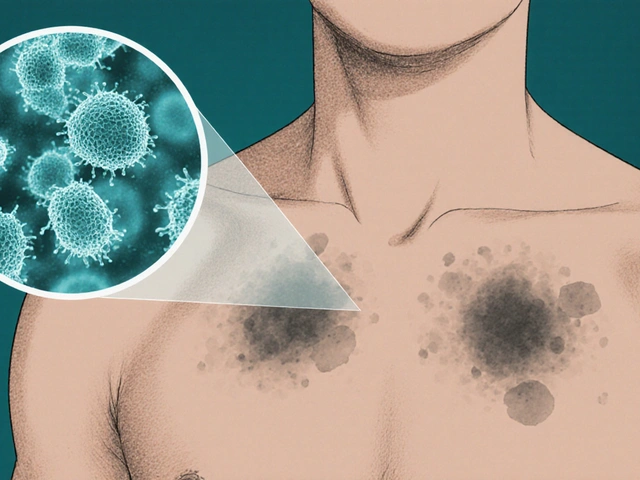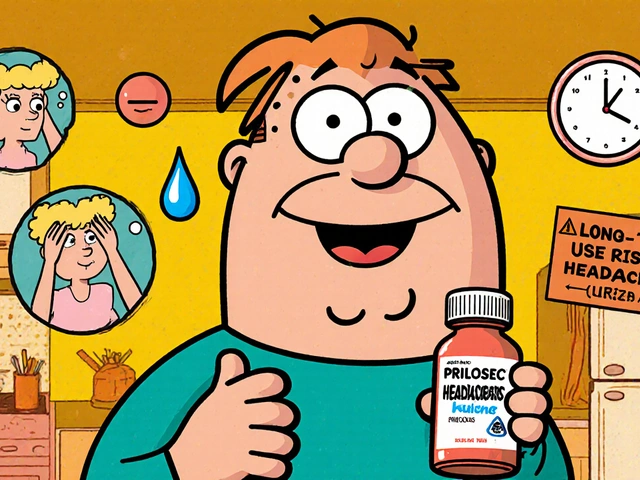Skin Rashes: What They Are and How to Calm Them Fast
If you’ve ever woken up with a red patch or felt an annoying itch that won’t quit, you know how distracting a rash can be. The good news? Most rashes aren’t dangerous, and there are simple steps you can take at home to calm the skin. Below we break down the usual suspects behind those spots and give you practical tools to get relief fast.
Common Causes of Skin Rashes
Rashes show up for many reasons, but a few culprits appear over and over. Here’s a quick look at what might be bothering you:
- Allergic reactions. New laundry detergent, a bug bite, or even a certain food can spark an itchy red flare‑up.
- Irritant contact dermatitis. Prolonged exposure to harsh soaps, chemicals, or sweat can strip the skin’s barrier and cause redness.
- Fungal infections. Athlete’s foot and jock itch are fungal rashes that love warm, damp spots.
- Heat rash. When sweat gets trapped in pores, tiny bumps appear, especially in hot weather.
- Underlying skin conditions. Eczema or psoriasis can flare up and look like a regular rash.
Identifying the trigger helps you avoid it next time. If you notice the rash appears after using a new product, stop using that item and see if things improve.
Practical Ways to Calm Itchy Rashes
Once you know what’s likely causing the rash, these home‑based steps can bring relief within minutes:
- Cool compress. Soak a clean cloth in cool water, wring it out and place on the affected area for 10–15 minutes. The cold reduces swelling and eases itch.
- Gentle cleansers. Wash with fragrance‑free soap and lukewarm water. Avoid scrubbing – pat dry instead of rubbing.
- Moisturize wisely. Apply a thick, hypoallergenic moisturizer (think petroleum jelly or plain ceramide cream) while the skin is still damp to lock in moisture.
- Over‑the‑counter hydrocortisone. A 1% cream works well for mild inflammation. Use it sparingly and follow the label – more isn’t always better.
- Avoid scratching. It might sound impossible, but scratching worsens inflammation and can lead to infection. If you need a distraction, keep your nails short or wear gloves at night.
If the rash is fungal, an OTC antifungal spray or cream applied twice daily for two weeks usually clears it up. For heat rash, staying cool and changing out of sweaty clothes promptly prevents further irritation.
When home care doesn’t help within a few days, or if you see signs of infection (pus, fever, spreading redness), it’s time to call a pharmacist or doctor. Some rashes need prescription creams or oral medication.
Bottom line: most skin rashes are manageable with basic steps – cool the area, keep it clean, moisturize, and treat inflammation. Knowing the typical triggers can save you from repeat episodes and keep your skin comfortable.

The Connection Between Skin Rashes and Vitamin Deficiencies
As a blogger, I recently researched the connection between skin rashes and vitamin deficiencies. I discovered that certain deficiencies, particularly in vitamins A, B, C, and D, can lead to various skin issues such as rashes, dryness, and irritation. In some cases, these rashes can serve as warning signs to alert us to the underlying nutrient deficiency. To maintain healthy skin, it's crucial to ensure we're consuming a balanced diet rich in essential vitamins. Remember, if you're experiencing persistent skin problems, it's always best to consult with a healthcare professional for proper diagnosis and treatment.





